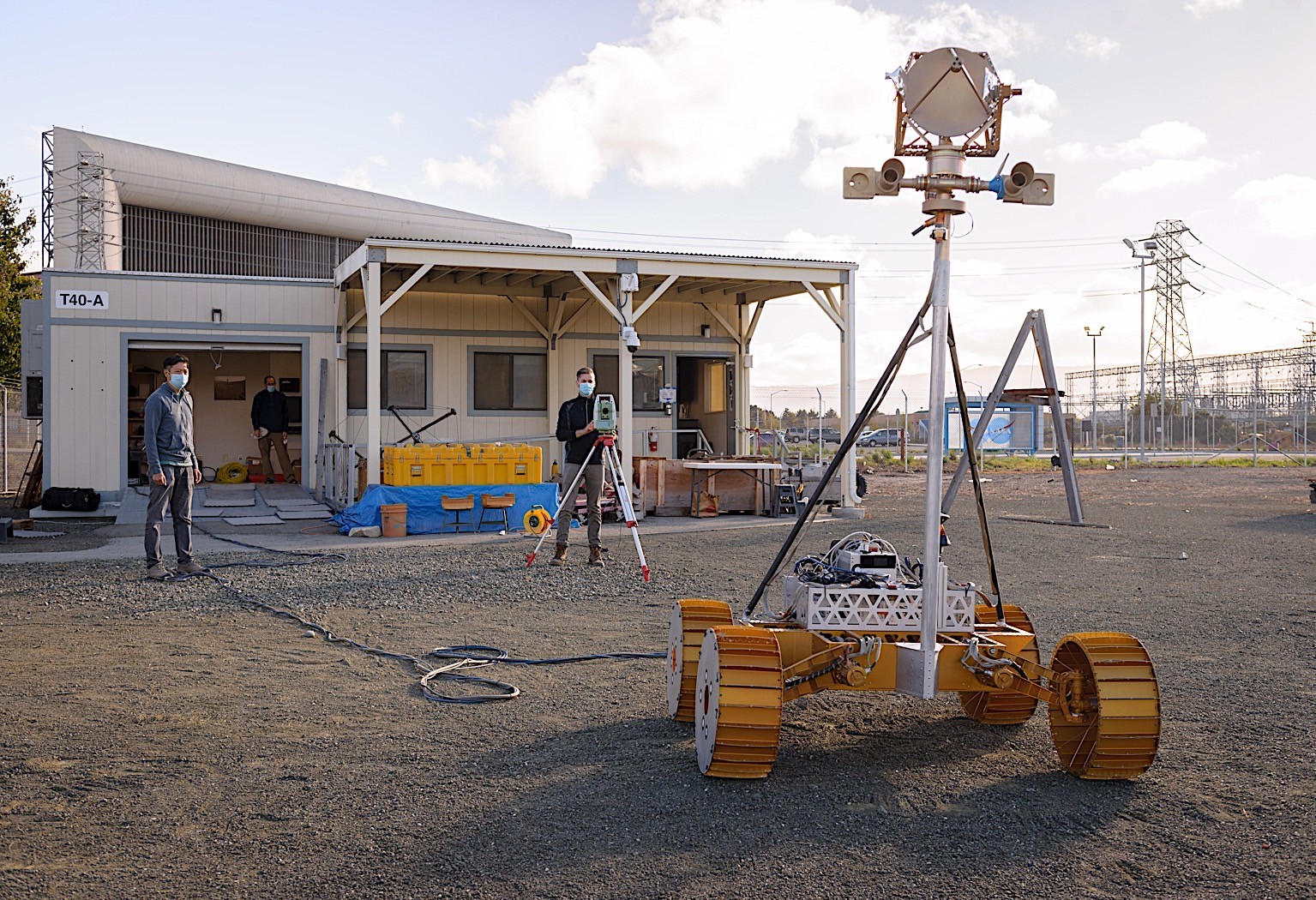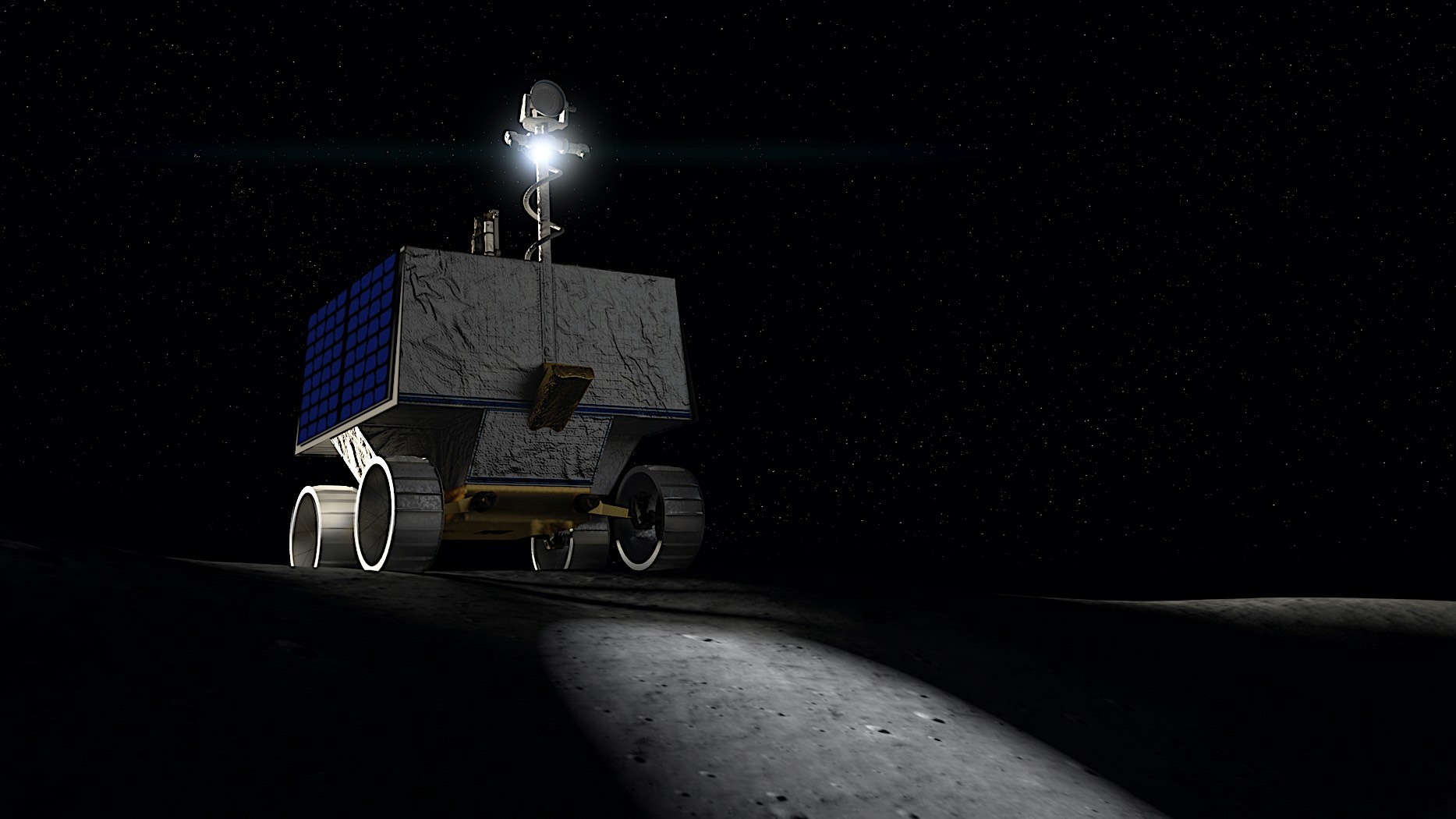NASA’s audacious quest to uncover water on the Moon suffered a significant setback last July with the abrupt termination of the Volatiles Investigating Polar Exploration Rover (VIPER) project.
This highly anticipated mission, backed by a substantial $450 million investment, aimed to deploy a technologically advanced rover capable of crossing the lunar world and conducting in-depth analyses of its composition.
After years of meticulous planning and development, the project was abruptly halted due to unforeseen challenges in maintaining the original timeline and escalating costs. Initially earmarked for disassembly and the sale of its components, VIPER’s future now hangs in the balance as NASA contemplates alternative avenues for this complex and expensive piece of engineering.

NASA’s Volatiles Investigating Polar Exploration Rover (VIPER) was originally conceived as a sophisticated lunar rover equipped with state-of-the-art instruments like the Near-Infrared Volatiles Spectrometer System (NIRVSS) to analyze samples and the Mass Spectrometer Observing Lunar Operations (MSolo) to assess atmospheric gases.
However, due to escalating costs and development challenges, NASA made the difficult decision to terminate the project in its entirety. As a contingency plan, the agency opted to salvage the rover’s valuable components and instruments, to deploy them on future lunar missions.
Recently, NASA has taken a more strategic approach by issuing a Request for Information seeking commercial partners interested in undertaking the entire VIPER mission. This shift in strategy is driven by the desire to minimize government expenditures while maximizing the scientific return of this ambitious lunar exploration endeavor.
While the initial focus is on domestic companies, NASA is also exploring potential international collaborations to secure a suitable partner for the VIPER mission. NASA’s VIPER mission, originally slated for a 2023 launch, has encountered significant delays primarily attributed to the development challenges faced by Astrobotic’s Griffin lander.
Despite these setbacks, the core hardware components destined for this lunar exploration endeavor remain fully operational and prepared for deployment. To expedite the maturation of the Griffin lander, a dedicated mission is planned later this year to conduct comprehensive testing of its systems and capabilities.
NASA’s Commercial Lunar Payload Services (CLPS) program, undeterred by these challenges, continues to advance at a steady pace. The program has successfully executed its initial missions, with both the Peregrine lander from Astrobotic and the Nova-C lander from Intuitive Machines contributing valuable data and experience.

Building upon this foundation, CLPS has an expansive agenda encompassing six additional lunar landing missions through 2026. This ambitious roadmap involves a diverse range of industry partners, including repeat performances from Astrobotics and Intuitive Machines, as well as the introduction of new entrants such as Firefly Aerospace and Draper Laboratory.
These lunar exploration endeavors will be facilitated by the reliable launch services provided by SpaceX’s Falcon Heavy rocket, solidifying its position as a critical component of the commercial lunar economy.

